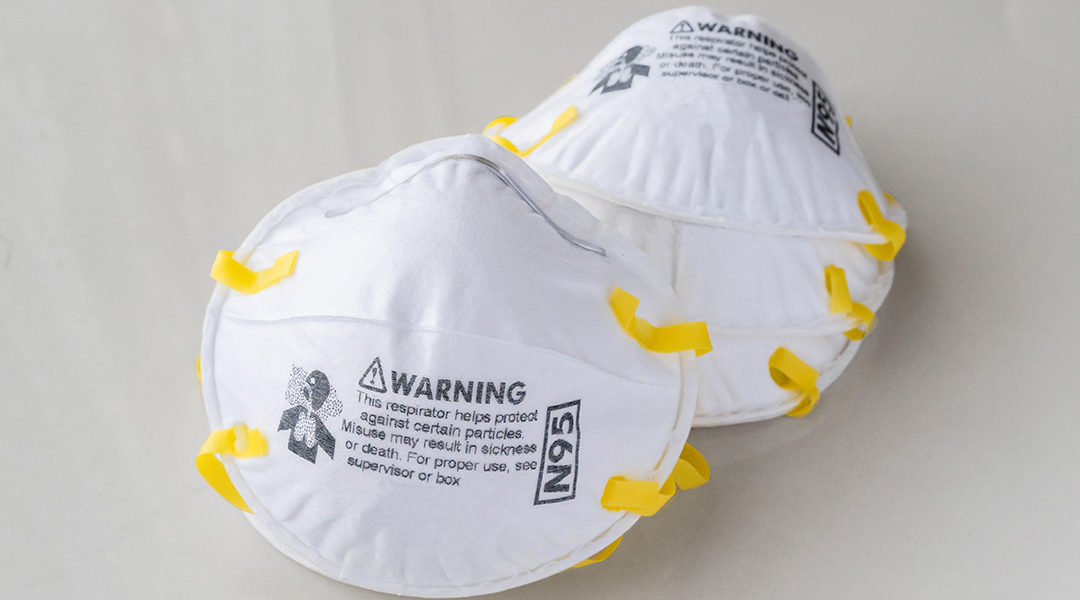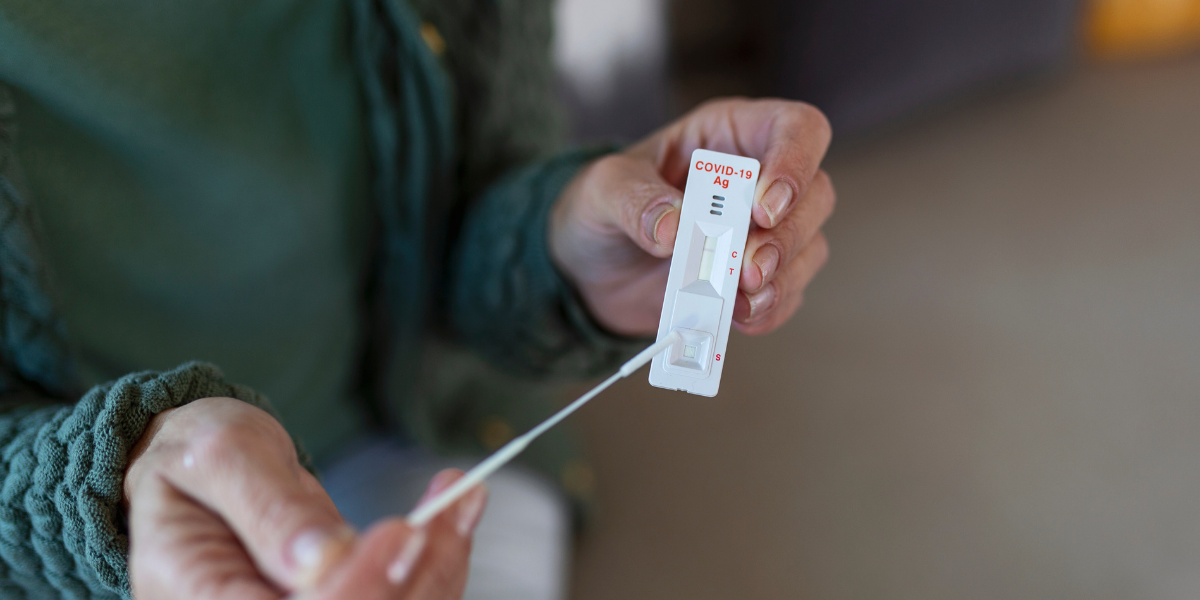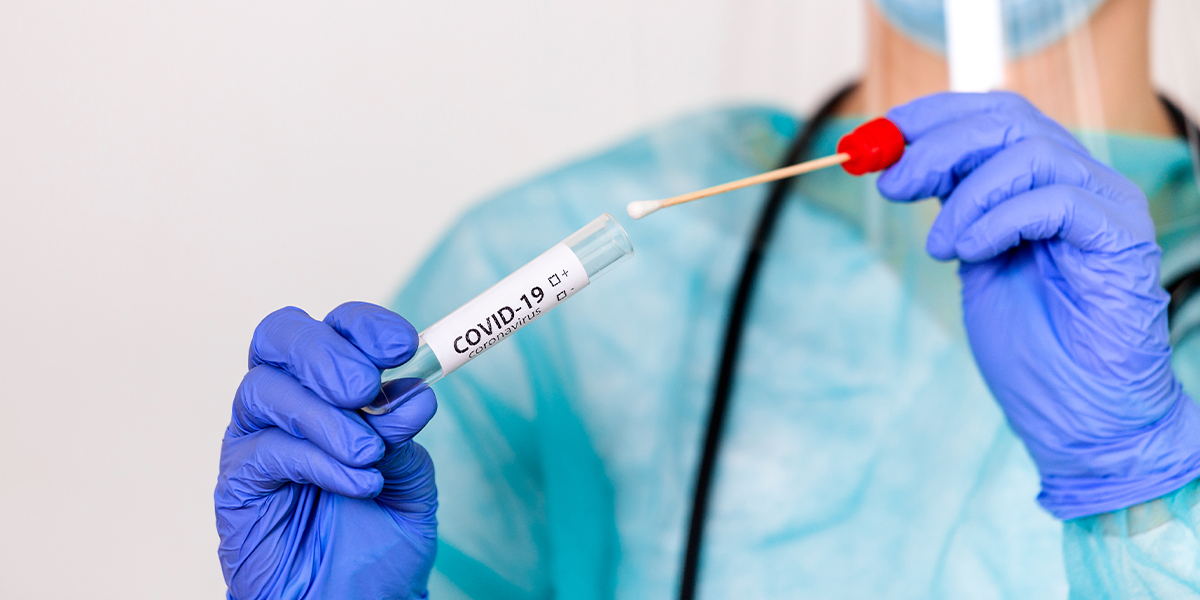Throughout this pandemic, we have pushed the importance of wearing properly fitted respirators. An N95 respirator is considered to be the gold standard for respirators and are used by frontline healthcare workers and medical first responders. However, in recent weeks more than 11 million fake N95 respirators have been seized by the Department of Homeland Security. So, with so many counterfeit respirators making their way into the market, how can you tell if you have a fake N95?
Interested in COVID-19 Services for Your Organization?
Look for Markings
The National Institute for Occupational Safety and Health (NIOSH) works with the Centers for Disease Control to develop worker safety and health protocols, including the development of N95 respirators. Before respirators can be used in any workplace, they must be certified and marked with an approval seal by NIOSH. The next marking to look for is who manufactured the respirator by looking for their trademark, logo or abbreviation. The CDC has an index listing NIOSH-approved manufacturers listed on their website.
In addition to the NIOSH approval seal and the brand’s trademark, you should look for a testing and certification code. The code should begin with “TC” and are followed by a numerical code listing its filter class (N, P, or R) and efficiency (95,99, or 100) such as “N95”. The efficiency level refers to the percentage of airborne particles the respirator can filter when properly fitted.
How Does it Fit?
An N95 respirator is designed to create a seal around the nose and mouth, so ensuring that it fits properly is critical for its success. An N95 respirator will have two bands that fit around the back of the head and neck. If the respirator has ear loops instead then it is a fake N95 respirator.

Purchasing Tips
When it comes to purchasing online, there are a few things to be aware of before placing your order:
- Are there numerous typos and errors?
- Is the website legitimate or does it contain numerous flaws like blank pages, broken links or misspelled domains?
- Does the product listing call the respirator “genuine” or “real”?
- How are the reviews? Negative reviews could show that it is poorly made or counterfeit.
- Is the price too good? We love a good deal but if the price is too good to be true then it probably is.
- What else are they selling? Legitimate businesses tend to sell consistent products – not what is trendy.
As the world continues to navigate the pandemic, it has unfortunately been a common scam for fake N95 respirators and other medical supplies to make their way into the market. If you believe you have a fake respirator, then you can report any counterfeit respirators to the U.S. Customs and Border Protection by calling 1-800-BE-ALERT or online through their reporting system.





